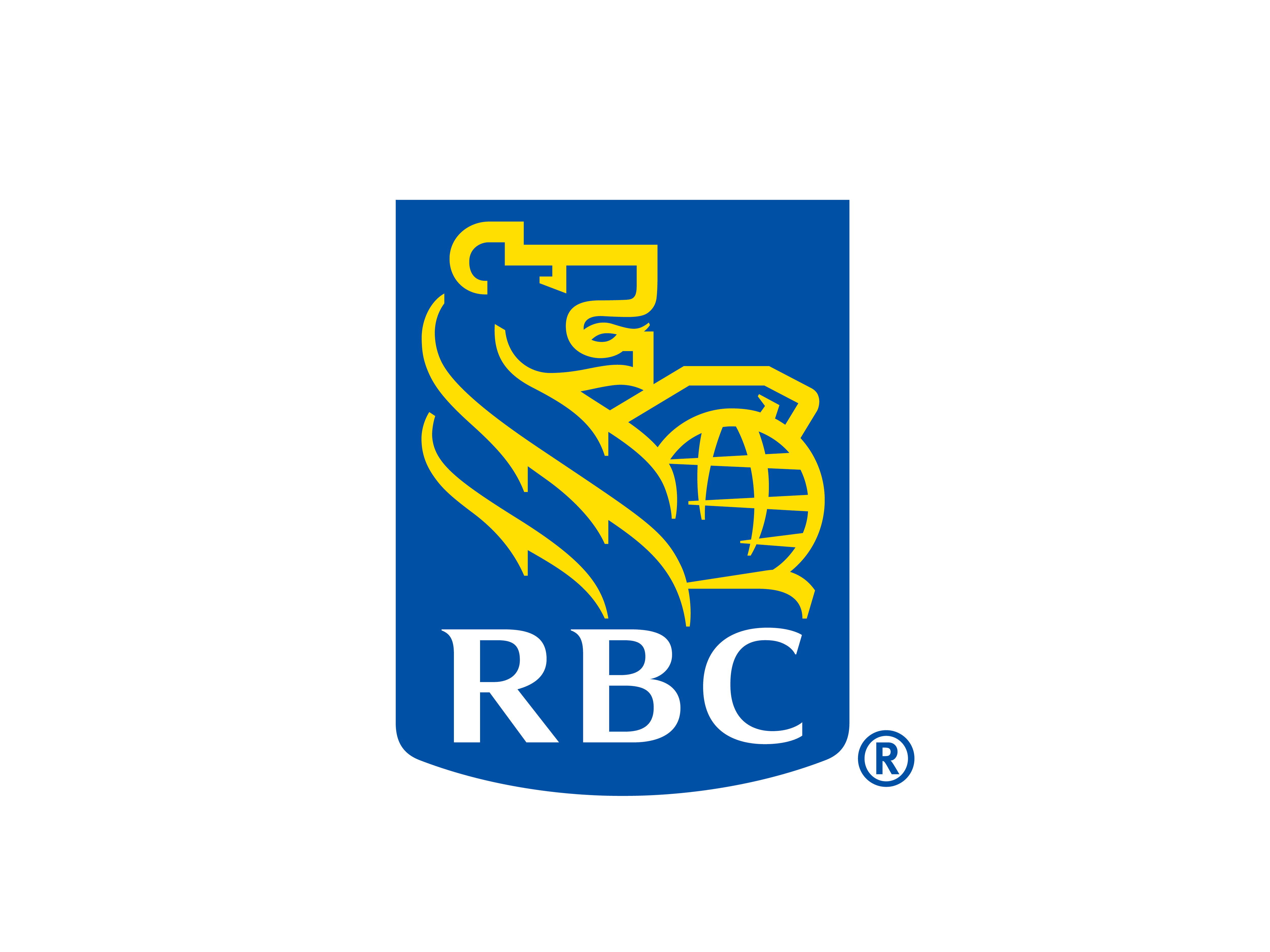




Restore Your Shoreline
Protect Your Water
Enhance Wildlife Habitats
In Collaboration With Watershed Canada
Watershed Canada and Boyne River Keepers have united with funding from RBC Tech For Nature to simplify shoreland naturalizations. Through The Natural Edge Program, we equip landowners with the resources and expertise to rejuvenate their shorelines, safeguard water quality, and establish habitats for wildlife and pollinators. Our program walks you through each stage, from design to cultivation, utilizing native trees, shrubs, and wildflowers.
How it Works
The Natural Edge empowers you to re-naturalize your shoreline and help reduce erosion in your freshwater ecosystem.
Sign up to transform your shoreline.
You'll receive:
-
A free site visit to discuss shoreline concerns, provide recommendations, and assess planting conditions
-
A personalized planting plan, including photos of selected planting areas and ideal plant species
-
Free resources to ensure that the newly planted vegetation thrives in the first few years of establishment and growth
-
Follow-up and support with your new plants


How it Works
The Natural Edge Program simplifies shoreline naturalization into three steps: Plan, Plant, and Transform. Each step provides landowners with the guidance and resources needed to restore and enhance their shoreline. From personalized site visits and custom planting plans to the actual planting and transformation, our program ensures a seamless and rewarding experience. Learn how you can protect water quality and create thriving habitats with our easy-to-follow process.
PLAN: We visit your site and work with you to create a custom plan suited to your shoreline and your aesthetics.
PLANT: Plants go in the ground in the Spring or Fall. We work with sponsors to subsidize the costs!
TRANSFORM: Our shorelines are designed to need minimal maintenance. Over the next few years, you’ll see your shoreline transform!


